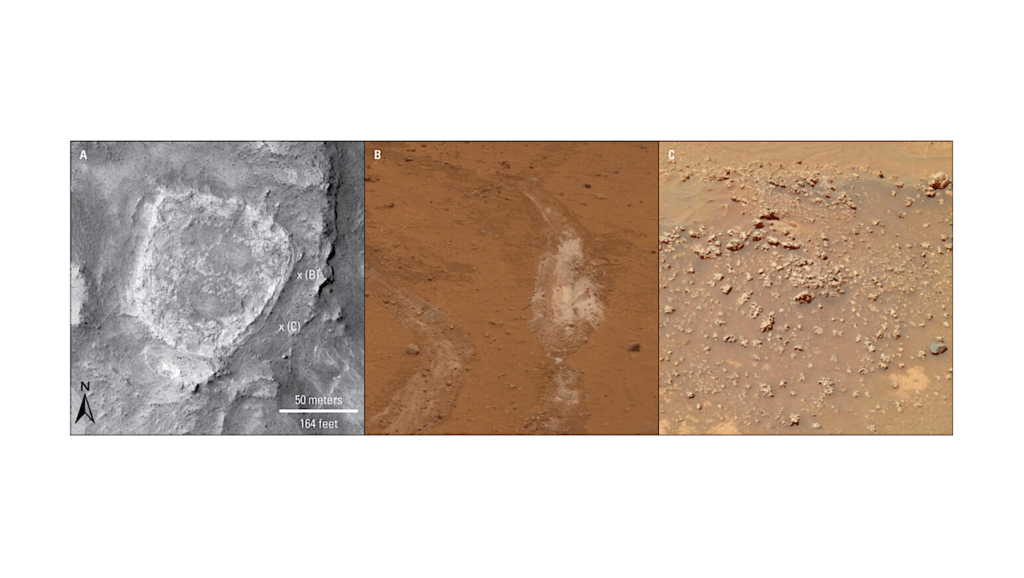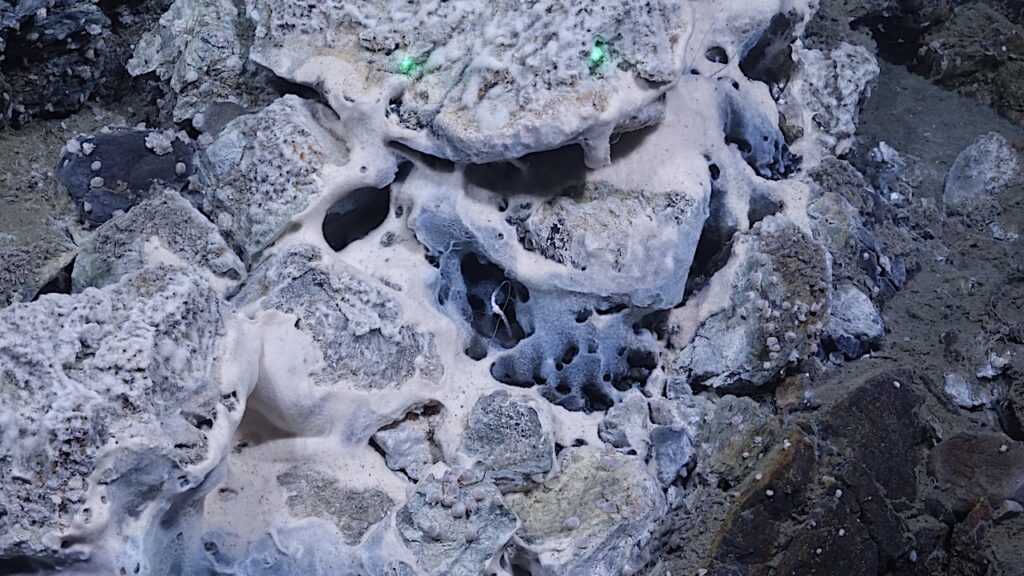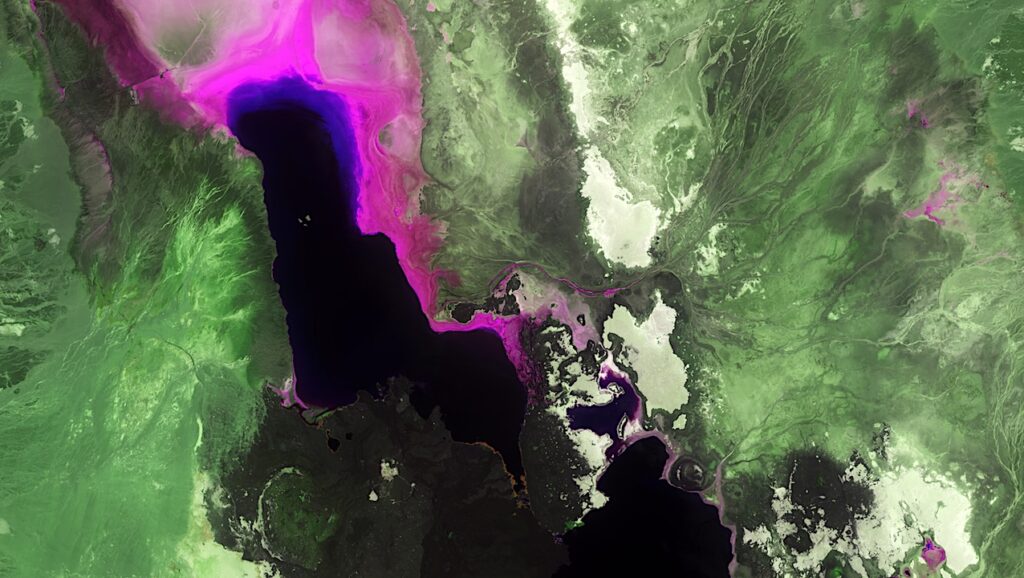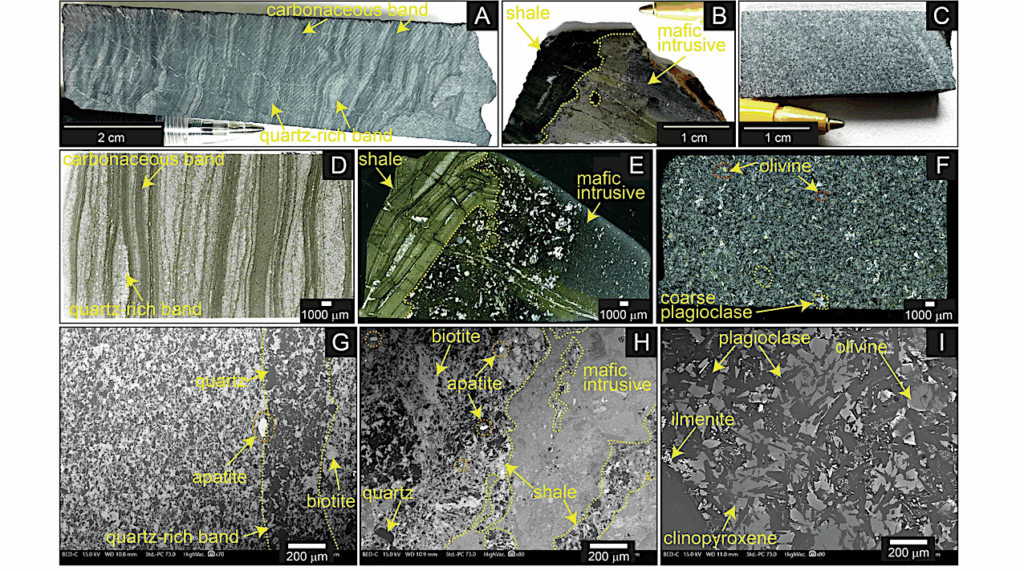Dale Andersen's Antarctic Field Report 30 November 2013

We have had pretty nice weather the last two days so we have taken advantage of it with a fair amount of work. Today we put up the tripod that will support the new met station I am deploying here at Lake Obersee.
Rather than using a standard station with many separate sensors, we have decided to try out the Lufft WS501 Ultrasonic weather station with a solar pyranometer
This single unit will measure all of the normal parameters such as incident sunlight, wind speed and direction, relative humidity, temperature and barometric pressure and its form factor makes working with it much easier. Lufft generously donated two of their WS501 sensor units and helped us with the programming so we could record the data to Campbell Scientific CR1000 dataloggers. The station will be solar powered with enough battery reserve to carry it through the dark winter night. I hope to have the WS501 deployed in the next couple of days.
In the meantime, Vladimir Akimov has been busy filtering water we have collected from the lake’s water column for a study of the phytoplankton and viruses that also are present. Grad student Klemens Weisleitner has been busy working on his thesis project that involves the study of cryoconite communities that are a part of most every glacier. Cryoconite are simply places on the glacier where sediment has melted down into the ice.
These sediments contain microorganisms and each cryoconite hole is it’s on little ecosystem. While largely inactive during the winter darkness, as soon as sun begins to warm the sediments, liquid water becomes available to the life found there and they begin to become active again. Its an interesting feature of glaciers and another example of how adaptive life can be.
Alfonso Davila has spent time working on the hypoliths (algae growing beneath quartz stones) found in this area, and he and I have been looking at the paleo-shorelines in the area indicating that the lake levels here were higher in the past. We have been collecting microbial mats in these areas too for future studies about the preservation of life in regions of perennial cold. Dating these mats may also help us better understand the history of the lake.
Right now, I am filling up my dive tanks and we will start diving beneath the thick lake ice tomorrow morning. The gear is ready to go and so are we! We have had a few cameras into the lake, and a small ROV (VideoRay Pro3) but its time to see it all up close and personal!
More soon,
Dale








